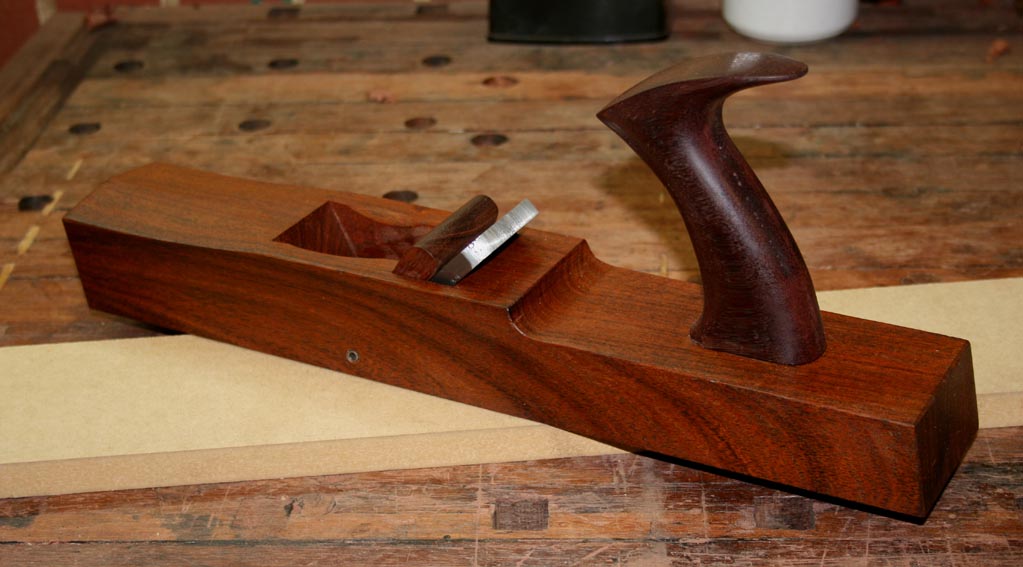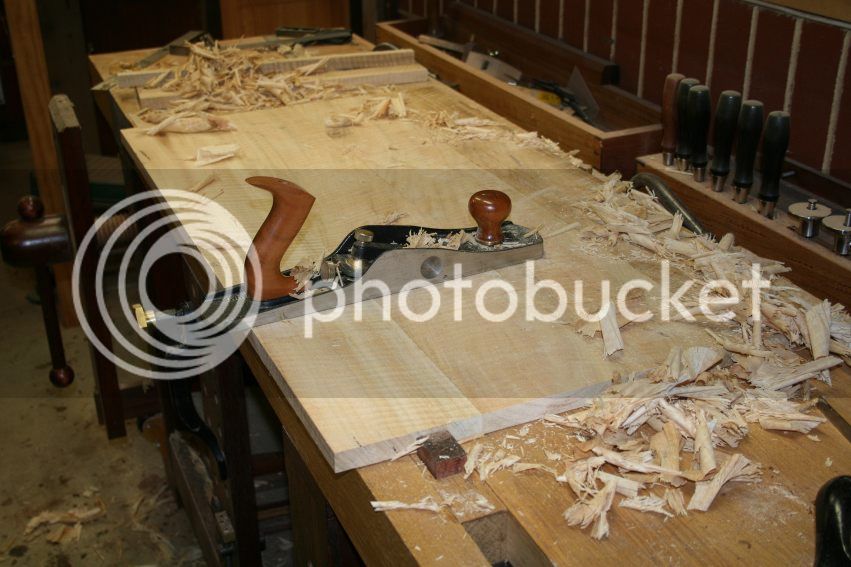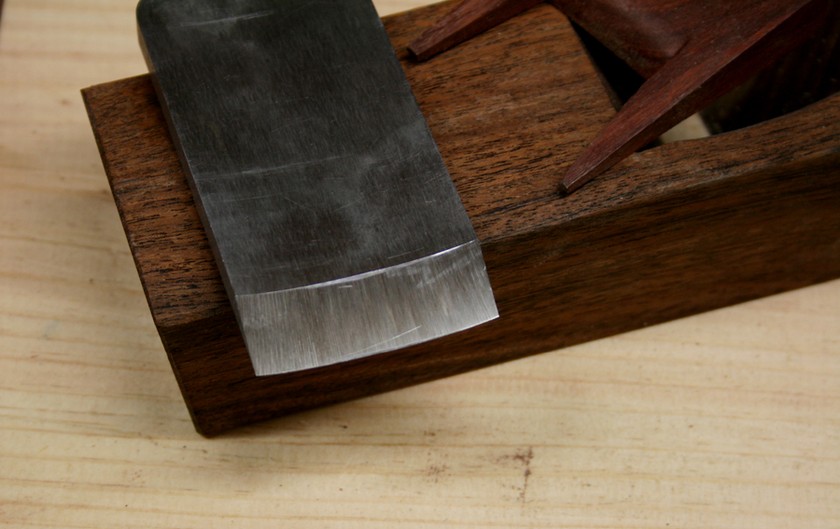There's a general consensus that everyone has a slightly different idea of what planes to use for what, based largely around the work they do, and what feels comfortable... so I'm curious to know what other people are using as their jack planes, and any factors they think have influenced their choice.
I use a wooden plane which is roughly equivalent to a No.6 as my jack plane, mainly working on furniture, and occasionally bits of large joinery (windows and doors), and I'm about 6'3" with a positive ape index, less than delicately proportioned hands and very little natural motor co-ordination; that latter most point being the important one, I find it much easier to accurately handle larger objects in general.
I use a wooden plane which is roughly equivalent to a No.6 as my jack plane, mainly working on furniture, and occasionally bits of large joinery (windows and doors), and I'm about 6'3" with a positive ape index, less than delicately proportioned hands and very little natural motor co-ordination; that latter most point being the important one, I find it much easier to accurately handle larger objects in general.





































